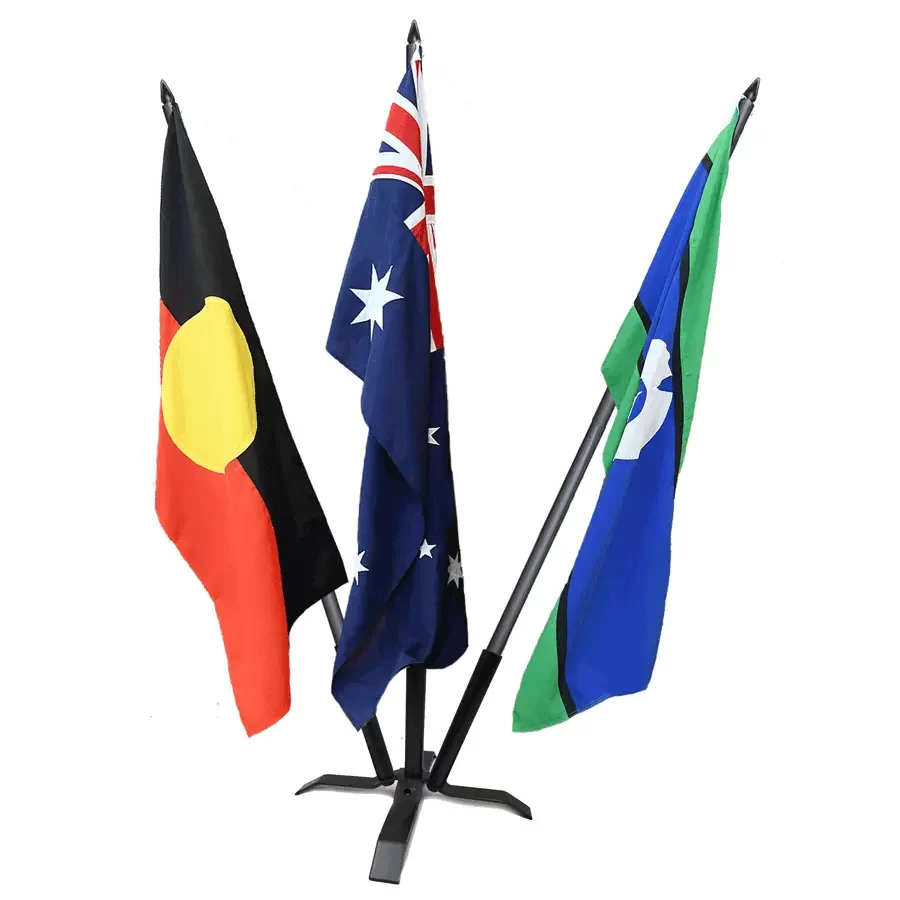Australian History from the Beginning
Australian history is a tapestry woven with ancient traditions, explorations, and dramatic transformations. Its story begins with the Indigenous Australians, who have inhabited the continent for over 65,000 years. These diverse groups developed complex societies, languages, and cultures, deeply connected to the land and its rhythms.
European exploration of Australia began in the early 17th century, with Dutch navigators like Dirk Hartog and Abel Tasman charting parts of the coast. However, it was the British who would eventually lay claim to the continent. In 1770, Captain James Cook, on his voyage aboard the HMS Endeavour, mapped the eastern coastline and claimed it for Britain, naming it New South Wales.
The first British settlement was established in 1788, when the First Fleet, comprising 11 ships carrying convicts, soldiers, and settlers, arrived at Botany Bay, later moving to Port Jackson, now Sydney. This marked the beginning of European colonisation, which had profound impacts on Indigenous communities, including displacement, disease, and conflict.
Throughout the 19th century, Australia’s six colonies—New South Wales, Victoria, Queensland, South Australia, Western Australia, and Tasmania—grew and prospered. The discovery of gold in the 1850s sparked a rush of migrants seeking fortune, dramatically boosting the population and economy. The gold rush also brought about significant social changes, including the push for democratic reforms and the introduction of multicultural influences.
The colonies gradually gained self-government, and by the late 19th century, there was a growing movement for federation. On January 1, 1901, Australia became a federated nation, with the six colonies forming the Commonwealth of Australia. The new nation adopted a constitution, establishing a federal system of government and laying the groundwork for its democratic institutions.
The early 20th century saw Australia navigate global conflicts and economic challenges. During World War I, Australian forces played a significant role in battles such as Gallipoli, forging a sense of national identity and camaraderie. The interwar years were marked by economic depression and social change, including the struggle for women’s suffrage and workers’ rights.
World War II brought further trials and transformations. Australia faced direct threats, with Japanese attacks on Darwin and Sydney. The war effort strengthened ties with the United States and shifted Australia’s strategic focus towards the Asia-Pacific region. Post-war, Australia experienced a period of rapid growth and immigration, transforming it into a multicultural society.
The latter half of the 20th century saw significant social and political changes. The civil rights movement gained momentum, with landmark events such as the 1967 referendum, which acknowledged Indigenous Australians in the census, and the Mabo decision in 1992, recognising native title rights. Australia also embraced technological advancements and economic globalisation, fostering a dynamic and diverse economy.
Today, Australia is a vibrant democracy, known for its rich cultural heritage, natural beauty, and innovative spirit. Its history is a testament to resilience, adaptation, and the enduring quest for progress and equality. As Australia looks to the future, it continues to build on its past, striving for reconciliation, sustainability, and a shared vision of prosperity.
The journey of Australia is one of continuous evolution, marked by moments of triumph, tragedy, and transformation. From its ancient roots to its modern achievements, Australia’s history is a story of a land and its people, intertwined in a unique and compelling narrative.
Australian History Through the Ages
50,000 to 65,000 years ago – The first ancestors of Aboriginal Australians arrived by sea from Maritime Southeast Asia. Aboriginal Australians settled throughout continental Australia and many nearby islands.
New Holland (Dutch: Nieuw-Holland) is a historical European name for mainland Australia, first encountered by Europeans in 1606 by Dutch navigator Willem Janszoon aboard Duyfken. The name was first applied to Australia in 1644 by the Dutch seafarer Abel Tasman, and for a time came to be applied in most European maps to the vaunted “Southern land” or Terra Australis even after its coastline was finally explored. (Wikipedia)
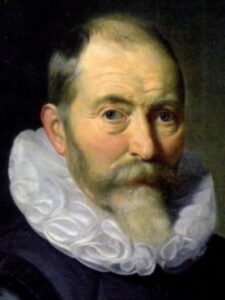
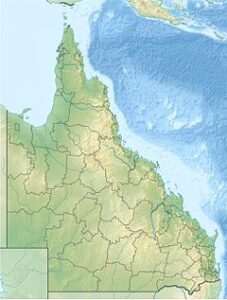
1606 Willem Janszoon Blaeu (Dutch: c. 1570 – c. 1630), captain of the Duyfken, was a Dutch navigator and colonial governor, and became the first European known to have seen and landed on the coast of Australia.
On 26 February 1606, Janszoon made landfall at the Pennefather River on the western shore of Cape York in Queensland, near what is now the town of Weipa. This is the first recorded European landfall on the Australian continent. Janszoon proceeded to chart some 320 km (200 mi) of the coastline, which he thought was a southerly extension of New Guinea.
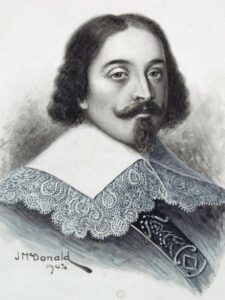
1616 Dirk Hartog (Dutch: baptised 30 October 1580 – buried 11 October 1621) was a 17th-century Dutch sailor and explorer. On 25 October 1616, Hartog and crew came upon “various islands, which were, however, found uninhabited. He made landfall at an island off the coast of Shark Bay, Western Australia, which is now called Dirk Hartog Island after him. He was the second recorded European expedition to land on the Australian continent, having been preceded by Willem Janszoon in 1606, but the first to do so on the western coastline.
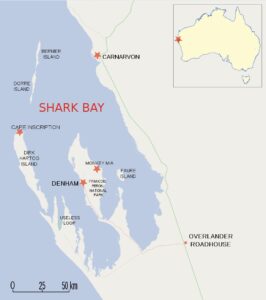
Before Hartog left, he affixed a pewter plate to a post, now known as the Hartog plate, on which he scratched a record of his visit to the island. Its inscription (translated from the original Dutch) read:
1616 On 25 October arrived the ship Eendracht, of Amsterdam: Supercargo Gilles Miebais of Liege, skipper Dirch Hatichs of Amsterdam. on 27 d[itt]o. She set sail again for Bantam. Deputy supercargo Jan Stins, upper steersman Pieter Doores of Bil. In the year 1616.
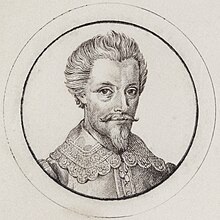
1642 – Abel Tasman (born 1603 – died 10 October 1659) was a Dutch explorer who charted new frontiers in the 17th century. he became the first European to reach Tasmania and New Zealand, then unknown territories.
Tasmania, which he named Van Diemen’s Land after his patron. New Zealand, he named Staten Landt but later renamed Nieuw Zeeland after the Dutch province of Zeeland.
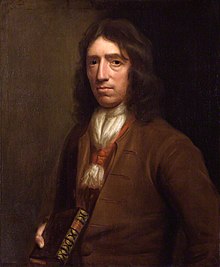
1699 – William Dampier (baptised 5 September 1651– died March 1715) was an English explorer, pirate, privateer, navigator, and naturalist who became the first Englishman to explore and map parts of the west coast of New Holland, now Australia.
Dampier made landfall on 6 August 1699 and charted the coast between Shark Bay and Lagrange Bay (1400 kilometres) south of Broome.
1768-1779 – Captain James Cook. (7 November 1728 – 14 February 1779) He was a British explorer, cartographer, and naval officer. He made detailed maps of Newfoundland before making three voyages to the Pacific, during which he achieved the first recorded European contact with the eastern coastline of Australia and the Hawaiian Islands and the first recorded circumnavigation of New Zealand.
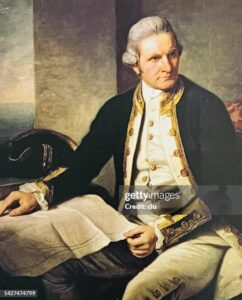
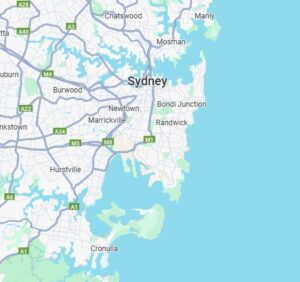
1770 – Captain Cook on the HMS Endeavour reached the southeastern coast of Australia near today’s Point Hicks on 19 April 1770, and in doing so his expedition became the first recorded Europeans to have encountered its eastern coastline of Australia.
On 29 April, Cook and crew made their first landfall on the continent at a beach now known as Silver Beach on Botany Bay, first named by Cook as Sting-Ray Harbour.
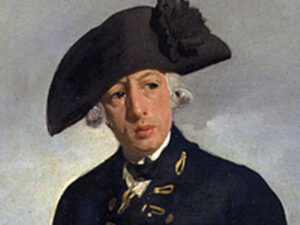
1788 Captain Arthur Phillip RN (11 October 1738 – 31 August 1814) was a British Royal Navy officer who served as the first governor of the Colony of New South Wales. In 1786, Phillip was appointed by Lord Sydney as the commander of the First Fleet, a fleet of 11 ships whose crew were to establish a penal colony and a settlement at Botany Bay, New South Wales.
On arriving at Botany Bay, Phillip found the site unsuitable since it had poor soil, no secure anchorage, and no reliable water source and searched for a more habitable site for a settlement. Three days later, he chose a site at nearby Sydney Cove, in Port Jackson, and on 26 January began to establish a convict settlement, the site which Phillip named for Lord Sydney.
